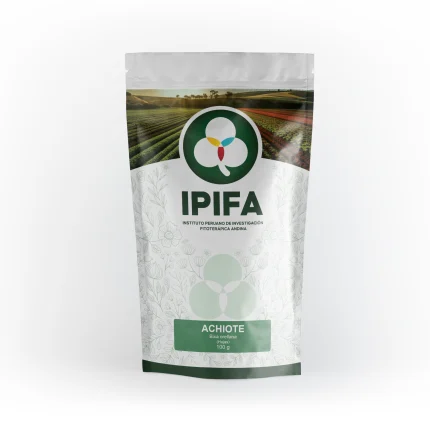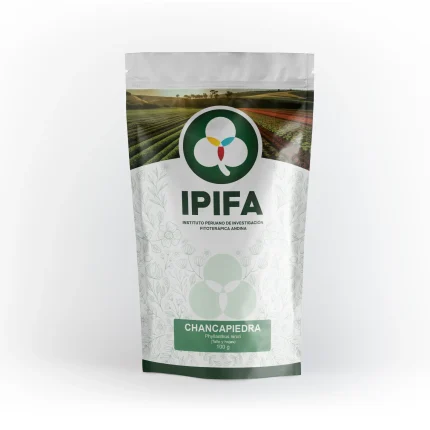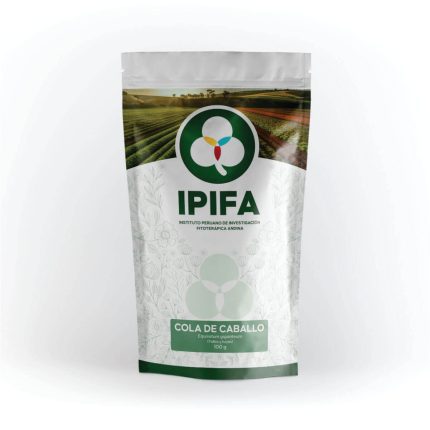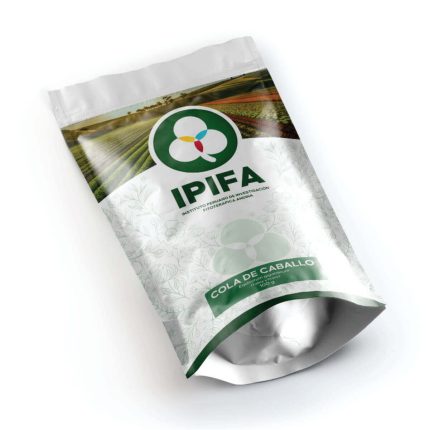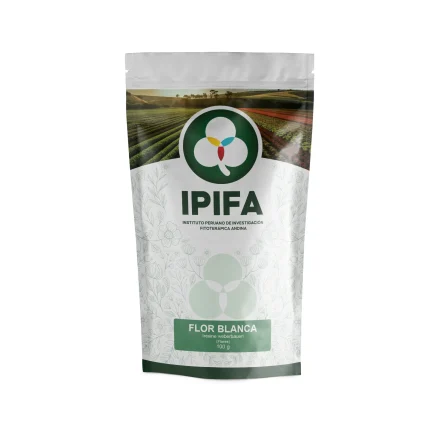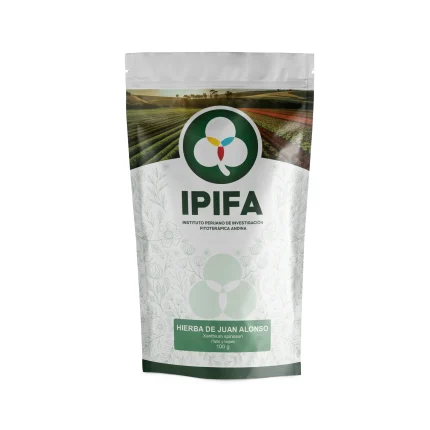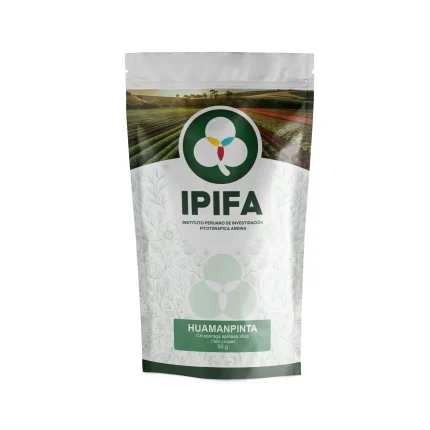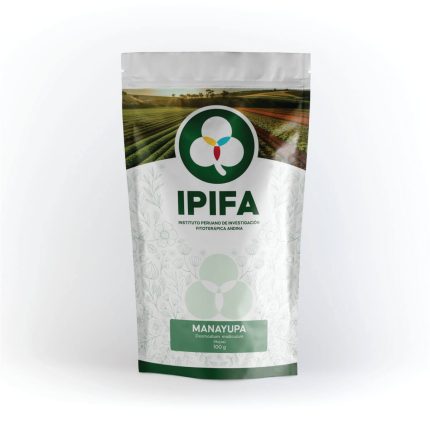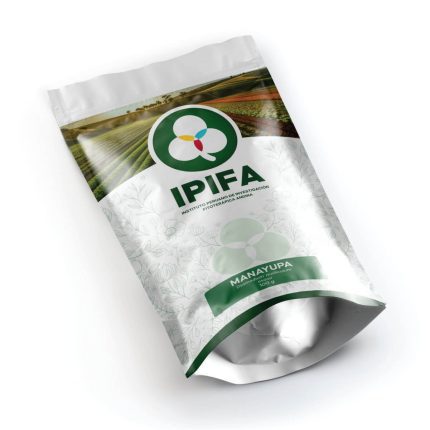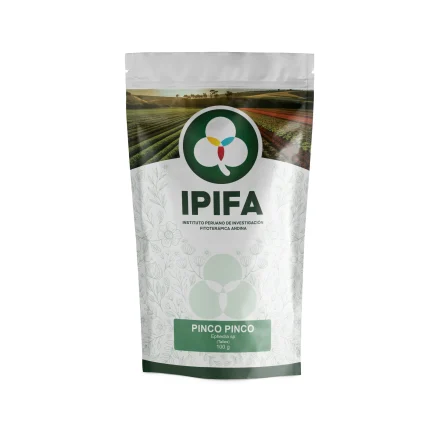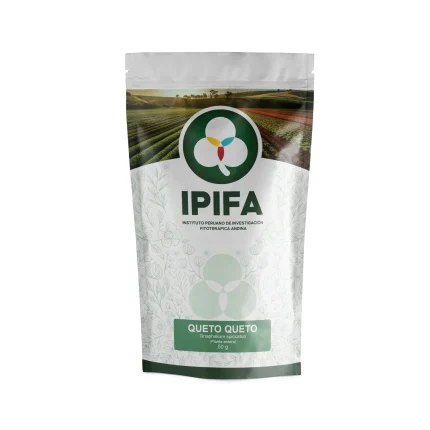HORSETAIL
The Horsetail, Equisetum giganteum is a tall perennial herb that can reach 4 meters in height, with long stems that have internodes every few years. Being part of the gymnosperms, it is a plant without a typical flower, but rather, it has cones in the form of pines, from which the seeds sprout. It belongs to the Equisetopsida class, with which it shares the characteristics of having among its phytocomponents alkaloids, flavonoids, phenolic compounds, alkaloids, flavonoids, phenolic compoundsetc. This conjugation of various components gives the plant several properties. properties that may result in beneficial to humans. It can be found in several countries, always in areas close to the equator, since it is of warm climates, although it also needs a humid environment, since it is strongly hydrophilic (great affinity with humidity). This is why it grows on river slopes, along canals or ditches. It can be found along the coast and in the low mountains, from 20 to 4200 meters above sea level, so it is distributed along practically all the departments of the country. Peru.
The Horsetail, Equisetum giganteum, has anti-inflammatory properties flavonoids that it possesses, such as the quercetin. This, in turn, helps in the face of rheumatic complaintsas these are synovial fluid inflammations contained in the joints and, because it contains silicon, it serves as a precursor to the generation of collagen in the body. Likewise, this flavonoid has beneficial properties that fight against the bladder infectionswhich also encourages a diuretic. The p-coumaric acid containing the horsetail is a micronutrient very important in the human diet that has antioxidant effectsIn the same way, this acid in conjunction with the equisetoninare very good antimicrobialsand its efficacy has been proven in laboratory cultures against strains of Staphylococcus aureus, Candida albicans and Escherichia coli. It is also known that the acid p-coumaric beneficially influences the various mechanisms of adhesion of the intestinal microbiotawhich subsequently translates into a better digestion.
MANAYUPA
The Manayupa, Desmodium molliculum, is a creeping herbaceous plant; that is, a plant that lacks woody stems, with a horizontal growth, belonging to the family of the fabaceaewith which it shares these characteristics. This family, also known as "legumeshave in common the presence of a group of secondary metabolites known as "secondary metabolites".flavonoids". The manayupa is native to Central and South America, and can be found here in the PeruThe area is located between 3200 and 4000 meters above sea level, that is, in the steppe highlands, puna, high jungle and paramo ecoregions, including the departments of Piura, Cajamarca, Huancavelica, San Martin, Huanuco, etc.
Desmodium molliculum (Manayupa) possesses a wide variety of these metabolites, among which we find flavonoids, tannins, steroids, triterpenes, coumarins and alkaloids. The different proportions and configurations between these groups of metabolites are exploited by humans to make use of curative properties of various kinds, such as its qualities purifying, anti-inflammatory, antihemorrhagicbeneficial to the kidneys, analgesics, astringentsamong others.
Presentation:
Each bag is 80g.


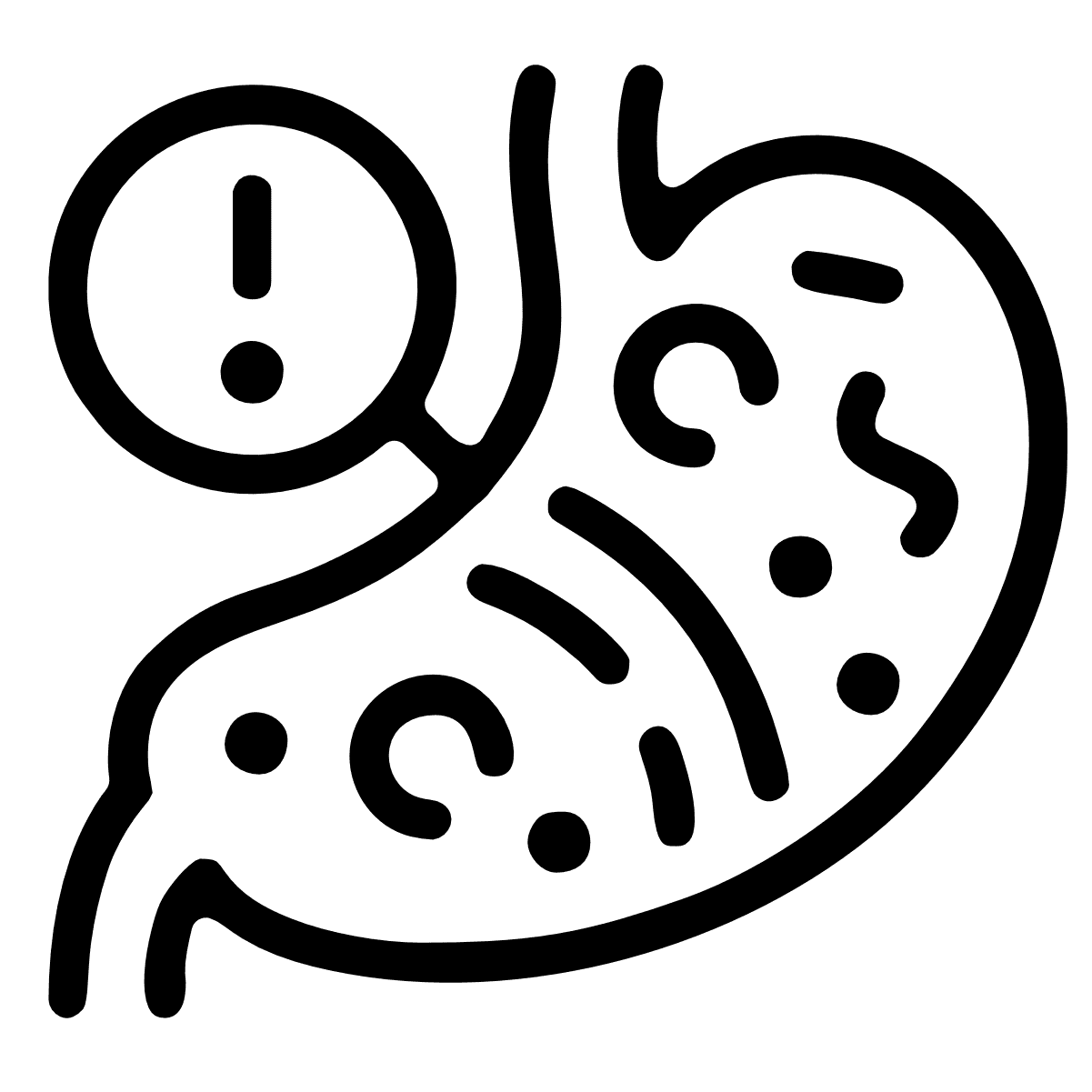 Purification kit
Purification kit  Relaxing kit
Relaxing kit  Respiratory kit
Respiratory kit 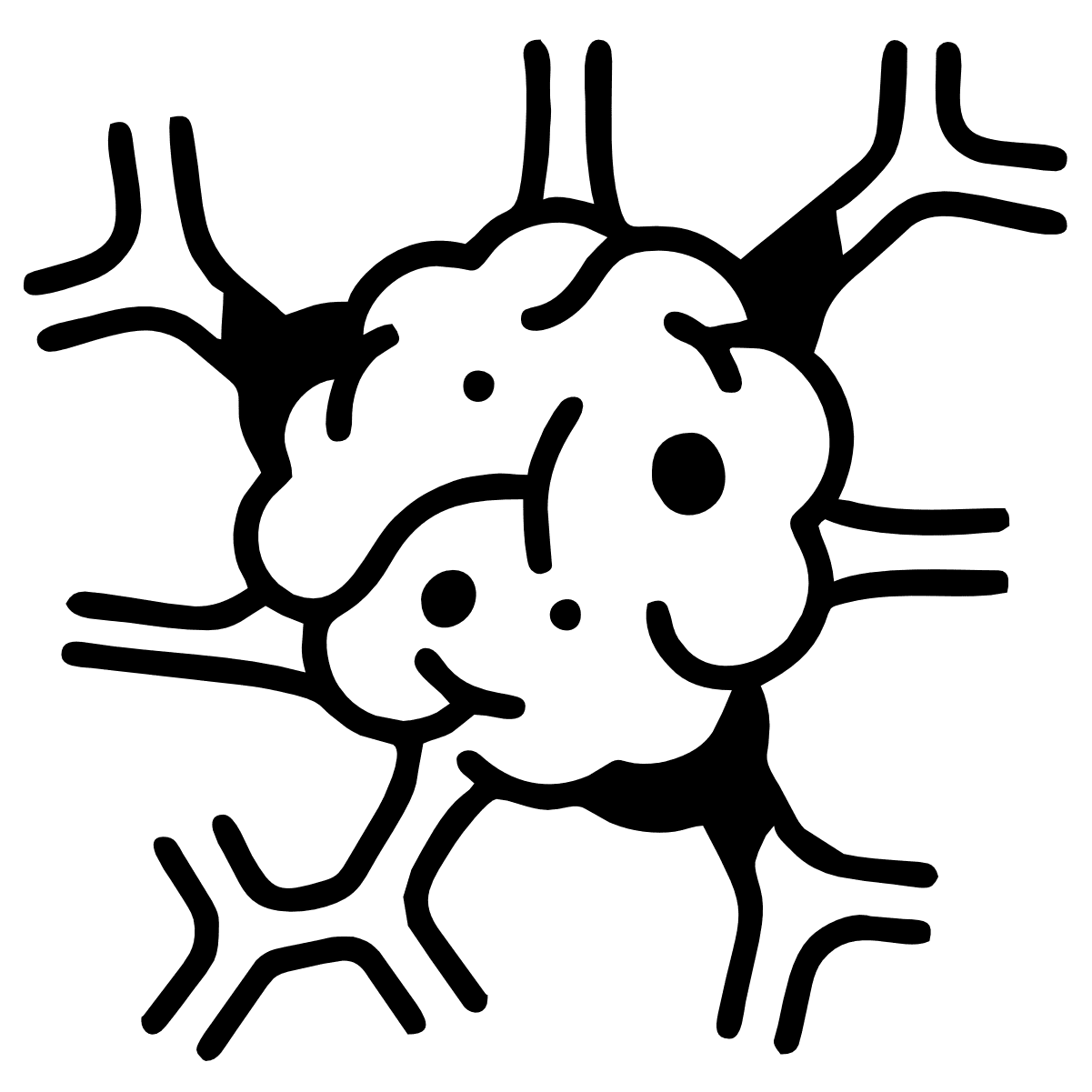 Antitumor
Antitumor 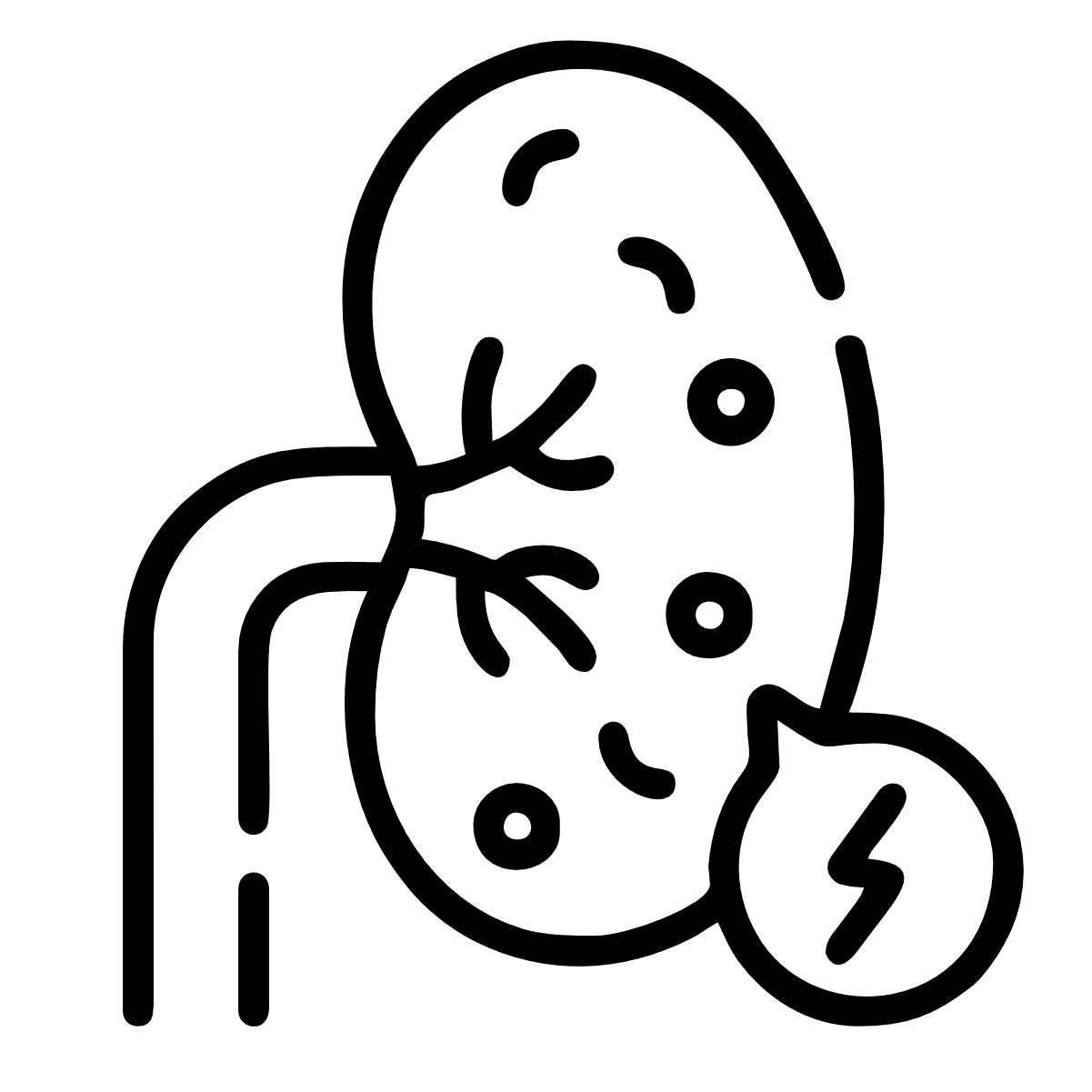 Kidney stones
Kidney stones  Blood circulation
Blood circulation  Cholesterol
Cholesterol  Rheumatic pains
Rheumatic pains  Constipation
Constipation 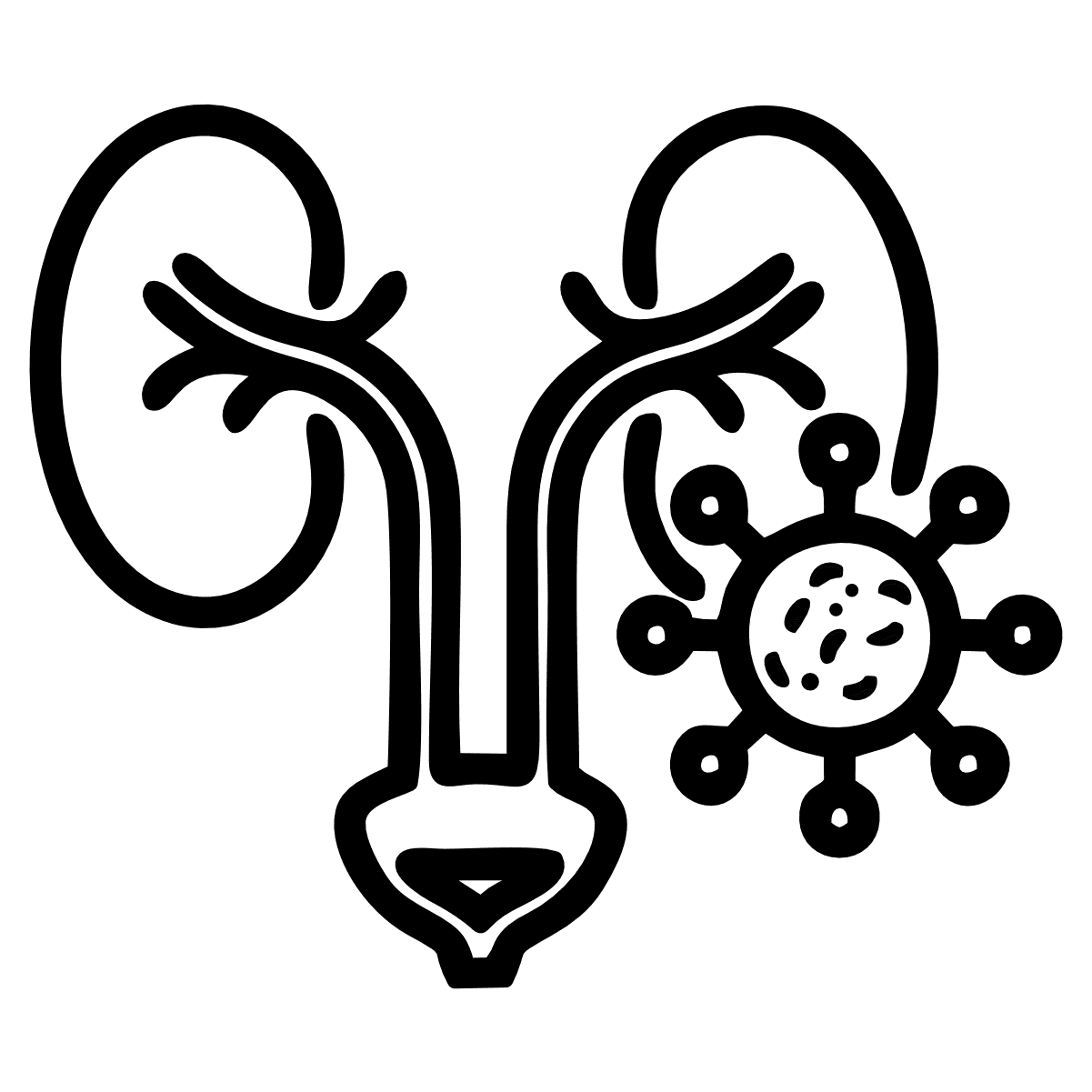 Urinary tract infection
Urinary tract infection  Menopause
Menopause  Obesity
Obesity  Purifying plants
Purifying plants 
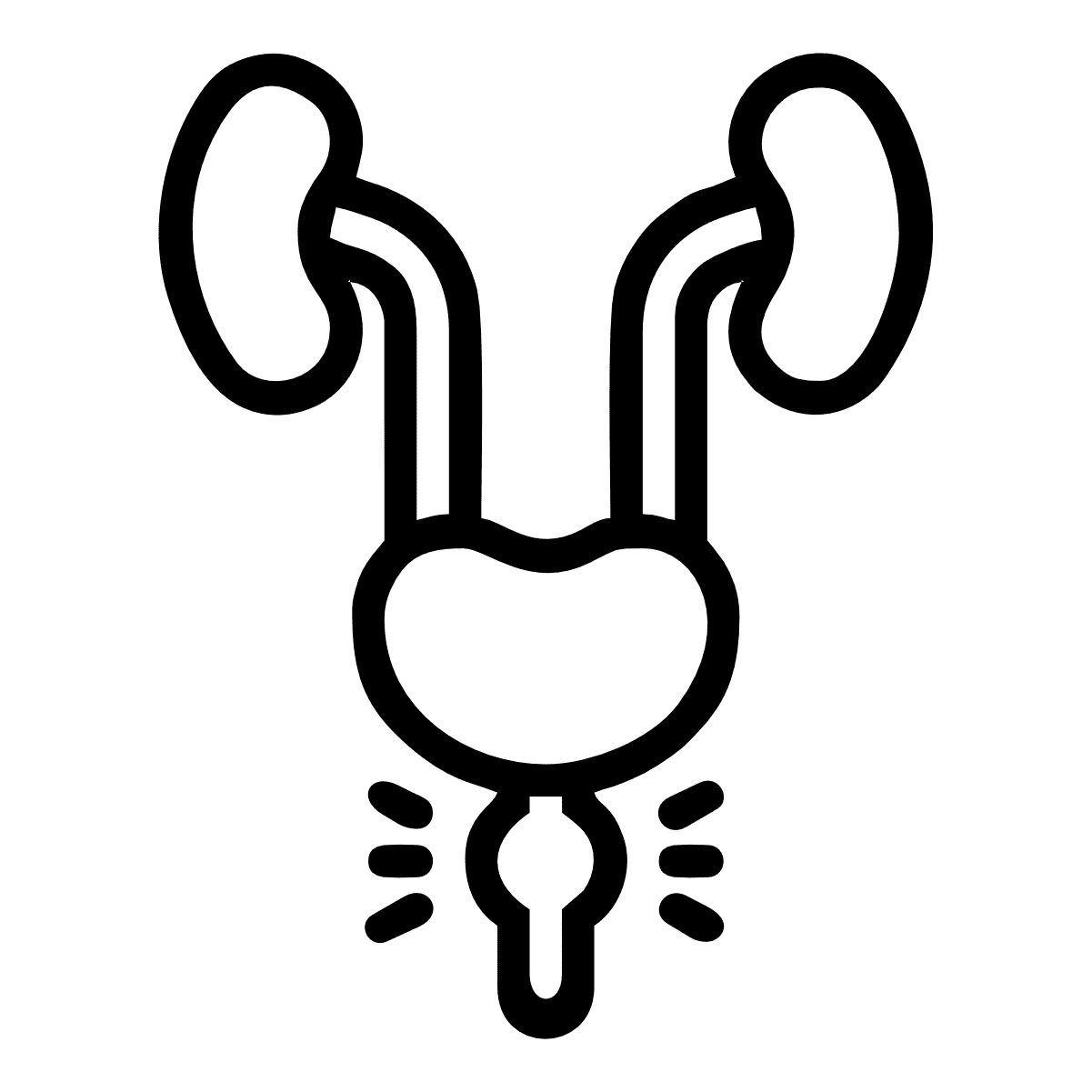 Prostatitis
Prostatitis  Glucose regulator
Glucose regulator  Digestive disorders
Digestive disorders  Hepatic disorders
Hepatic disorders 
